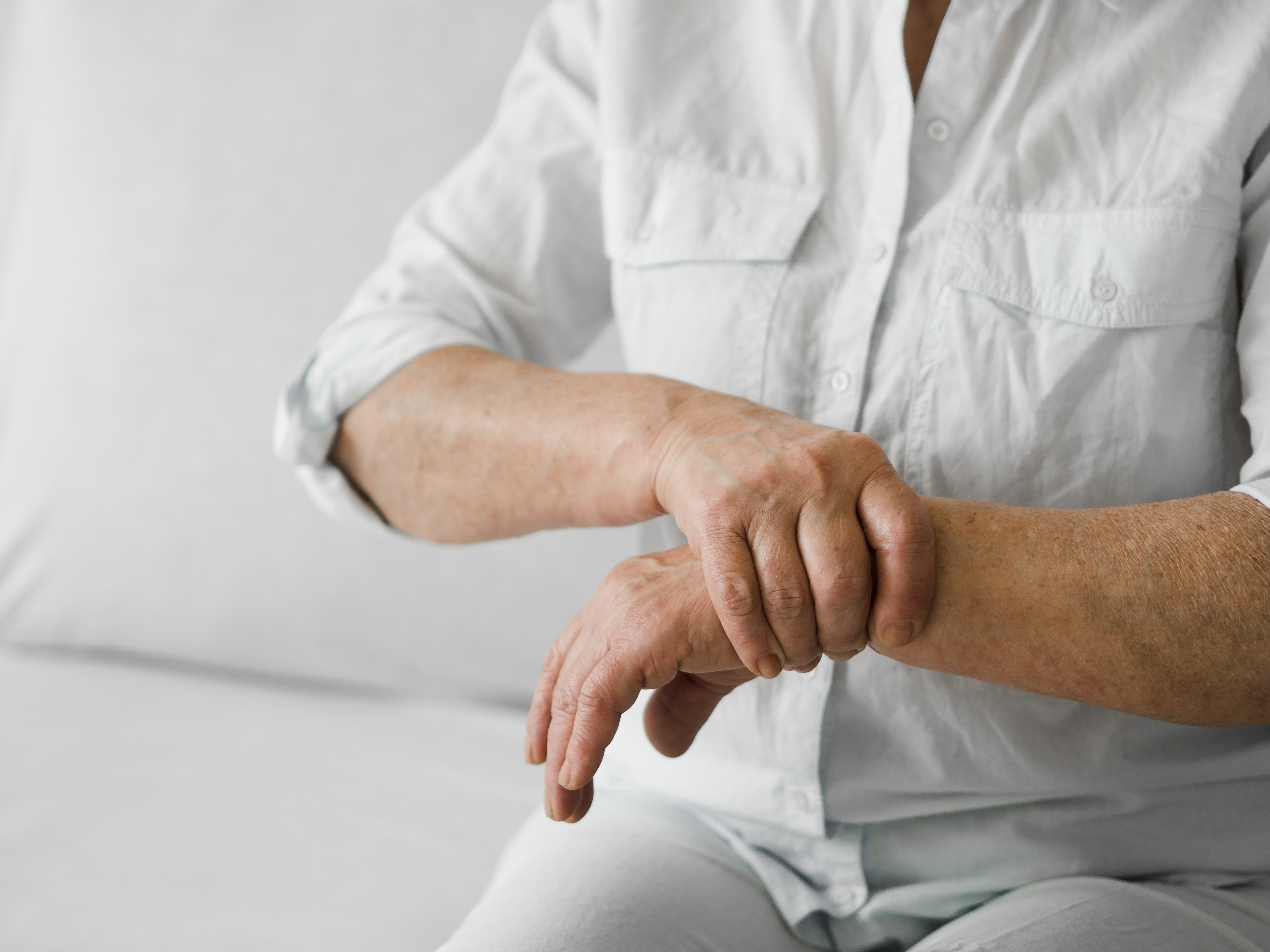Living with arthritis in the hands can be challenging, impacting daily tasks and diminishing the quality of life. However, understanding the available treatments can empower individuals to manage and alleviate the symptoms. In this blog post, we’ll explore various approaches to treating arthritis in the hands, aiming to provide relief and improve overall hand function.
- Medications:
- Nonsteroidal Anti-Inflammatory Drugs (NSAIDs): These medications, such as ibuprofen or naproxen, help reduce pain and inflammation in the affected joints.
- Disease-Modifying Antirheumatic Drugs (DMARDs): Prescribed for more severe cases, DMARDs slow down the progression of arthritis, preventing joint damage.
- Corticosteroids: Injections of corticosteroids directly into the affected joints can provide rapid relief from pain and inflammation.
- Physical Therapy:
- Tailored exercises and stretching routines can help improve joint flexibility and strengthen the surrounding muscles.
- Occupational therapy focuses on adapting daily activities to reduce strain on the hands and enhance overall function.
- Splints and Braces:
- Customized splints or braces support and stabilize affected joints, providing relief and preventing further damage.
- Lifestyle Modifications:
- Weight management: Maintaining a healthy weight reduces stress on the joints, particularly in the hands.
- Joint protection techniques: Learning how to perform tasks in a way that minimizes stress on the hands can be beneficial.
- Heat and Cold Therapy:
- Warm compresses or paraffin wax baths can help soothe stiffness and improve blood flow.
- Cold packs can reduce inflammation and numb pain in swollen joints.
- Assistive Devices:
- Adaptive tools, such as jar openers, ergonomic utensils, and writing aids, can make daily activities more manageable.
- Surgical Interventions:
- In severe cases where conservative measures are insufficient, surgical options like joint replacement or joint fusion may be considered.
Living with arthritis in the hands requires a multifaceted approach to treatment. By combining medications, physical therapy, lifestyle modifications, and assistive devices, individuals can regain control and alleviate the impact of arthritis on their daily lives. It’s important to work closely with healthcare professionals to tailor a treatment plan that addresses specific needs and ensures the best possible outcomes. Remember, knowledge is empowerment, and taking proactive steps can lead to a more comfortable and fulfilling life despite arthritis challenges.


